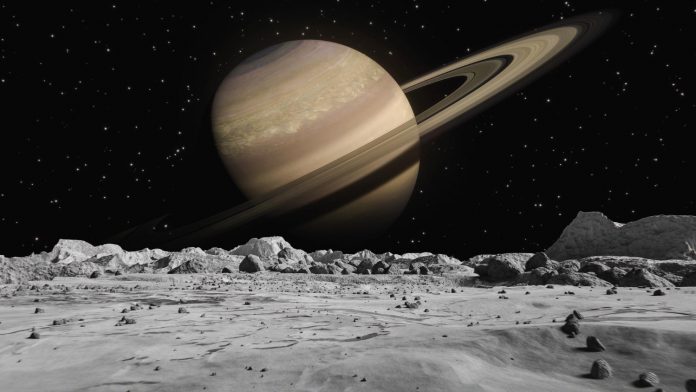The Moon, Earth’s celestial companion, has always held a mystical fascination for humanity. Although it may seem barren and desolate, the soil of the Moon, often referred to as lunar regolith, is the subject of great fascination for scientists and space enthusiasts alike. In this article, we’ll take a lunar journey to uncover important differences between the lunar soil and our home planet, Earth.
The Origin of Lunar soil
Lunar soil, also known as regolith, is the loose, fragmented material covering the surface of the Moon. Its origin is quite different from Earth’s soil, and understanding this difference is important for understanding the Moon’s unique characteristics.
Earth’s Soil Formation
On Earth, soil is mainly formed through the weathering of rocks over millions of years. The interplay of geological processes, organic matter and microbial activity contribute to the rich and diverse soils found on our planet.
Lunar Regolith Formation
In contrast, lunar regolith comes into existence through a very different process. It is the result of intense meteorite impacts that pulverized the lunar surface rocks into fine dust and smaller rocks. This continuous bombardment has resulted in the formation of a layer of regolith several meters deep.
Composition of Lunar Soil
The composition of lunar regolith is quite different from what we find on Earth. Let’s learn about the unique elements that make up the soil of the Moon.
Lack of Organic Matter
One of the most important differences is the complete absence of organic matter in the lunar regolith. Earth’s soil is teeming with life, containing microorganisms and a variety of organisms, which enrich it with organic material. In contrast, the lunar soil is devoid of life.
Abundance of Oxygen
The lunar soil is rich in oxygen compounds, mainly in the form of oxides. It is the result of the Moon’s surface being exposed over millions of years to the solar wind, which contains charged particles. The solar wind causes chemical reactions that lead to the formation of oxygen compounds.
Higher Metal Content
Lunar regolith contains higher concentrations of certain metals, such as aluminum, titanium, and iron, than Earth’s soil. These metals are an important resource for potential future lunar missions and colonization efforts.
Physical Characteristics
The physical properties of lunar soil are very different from Earth’s soil, which affects the surface of the Moon in unique ways.
Harsh Temperature Extremes
The Moon has extreme temperature fluctuations, with surface temperatures ranging from extremely hot to extremely cold. This wide temperature range affects the physical properties of the lunar regolith, making it highly abrasive and challenging to work with for future lunar missions.
Reduced Gravity
The Moon’s low gravity, about 1/6 that of Earth, has a significant effect on the behavior of the Moon’s soil. This allows for the formation of deep dust layers and the formation of “lunar earthquakes” when the regolith solidifies.
Future Implications
Understanding the differences between lunar soil and Earth’s soil has far-reaching implications for space exploration and potential lunar colonization.
Resource Utilization
The abundance of oxygen and metals in lunar regolith make it a valuable resource for future missions. Scientists are looking for ways to extract and use these resources to maintain a human presence on the Moon.
Habitat Construction
Building habitats and infrastructure on the Moon will require innovative technologies due to the unique characteristics of the lunar soil. Engineers must develop new construction methods suited to the harsh lunar environment.
Scientific Discoveries
The study of lunar soil provides valuable insight into the geological history of the Moon and the wider Solar System. By analyzing lunar regolith, scientists can discover clues about the Moon’s formation and its relationship with Earth.
Conclusion
In conclusion, the soil of the Moon is a world apart from the soil of Earth. Its origin, composition and physical characteristics are shaped by the Moon’s unique history and environment. As humanity’s interest in lunar exploration grows, understanding these differences will be essential to harnessing the Moon’s resources and building a sustainable presence on our celestial neighbor.
FAQs
- Is there any water in lunar soil? Lunar soil contains trace amounts of water, primarily in the form of ice located in permanently shadowed craters.
- Can lunar soil support plant life? Lunar soil lacks essential nutrients and organic matter, making it unsuitable for terrestrial plant growth without significant modification.
- What is the color of lunar soil? Lunar soil appears grayish due to the presence of minerals like feldspar and basalt.
- Has any mission brought lunar soil samples to Earth? Yes, several Apollo missions brought back lunar soil samples, which have been invaluable for scientific research.
- How deep is the layer of lunar regolith on the moon’s surface? The depth of lunar regolith varies but can be several meters deep in some areas, particularly in older lunar terrains.


